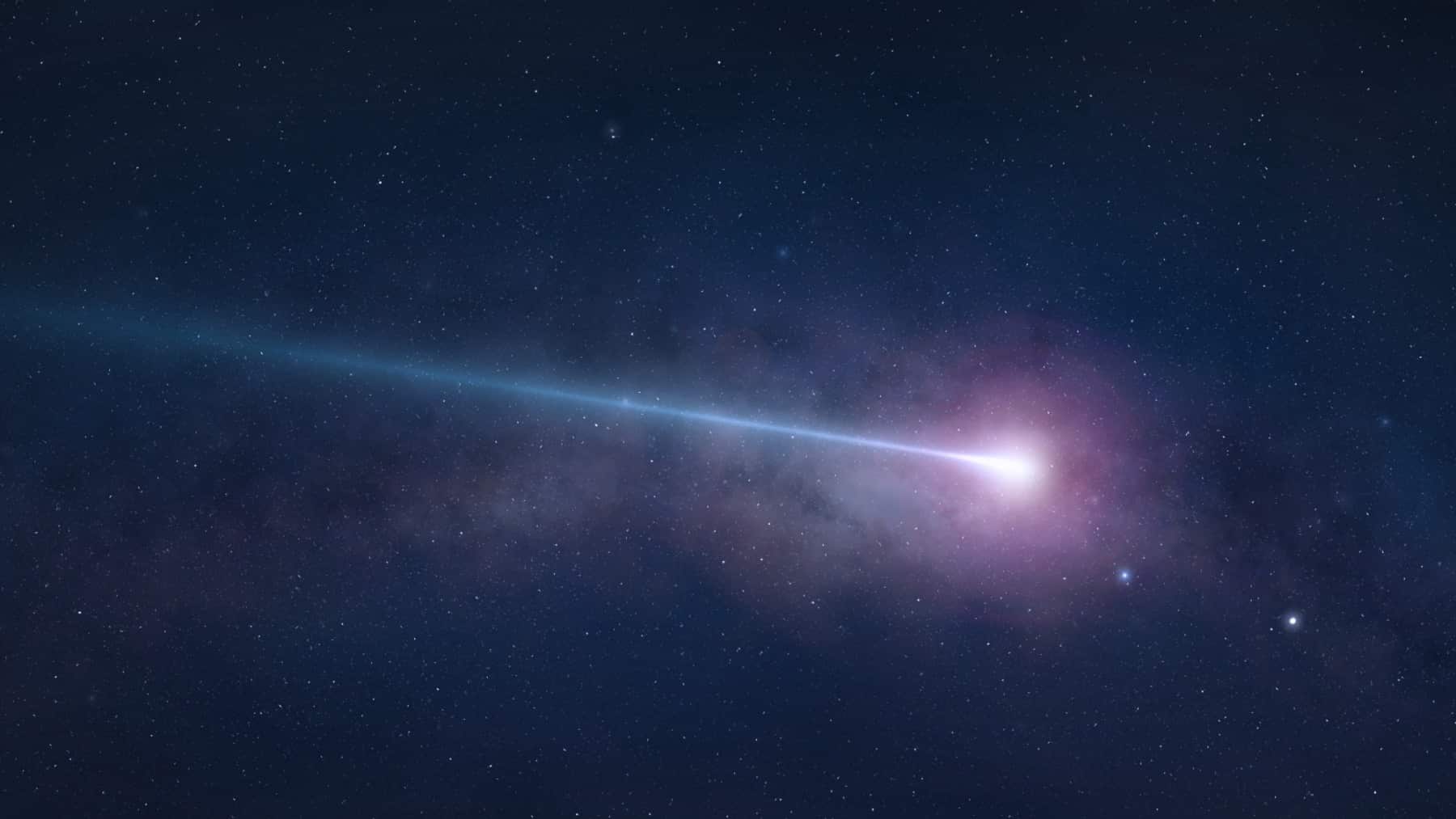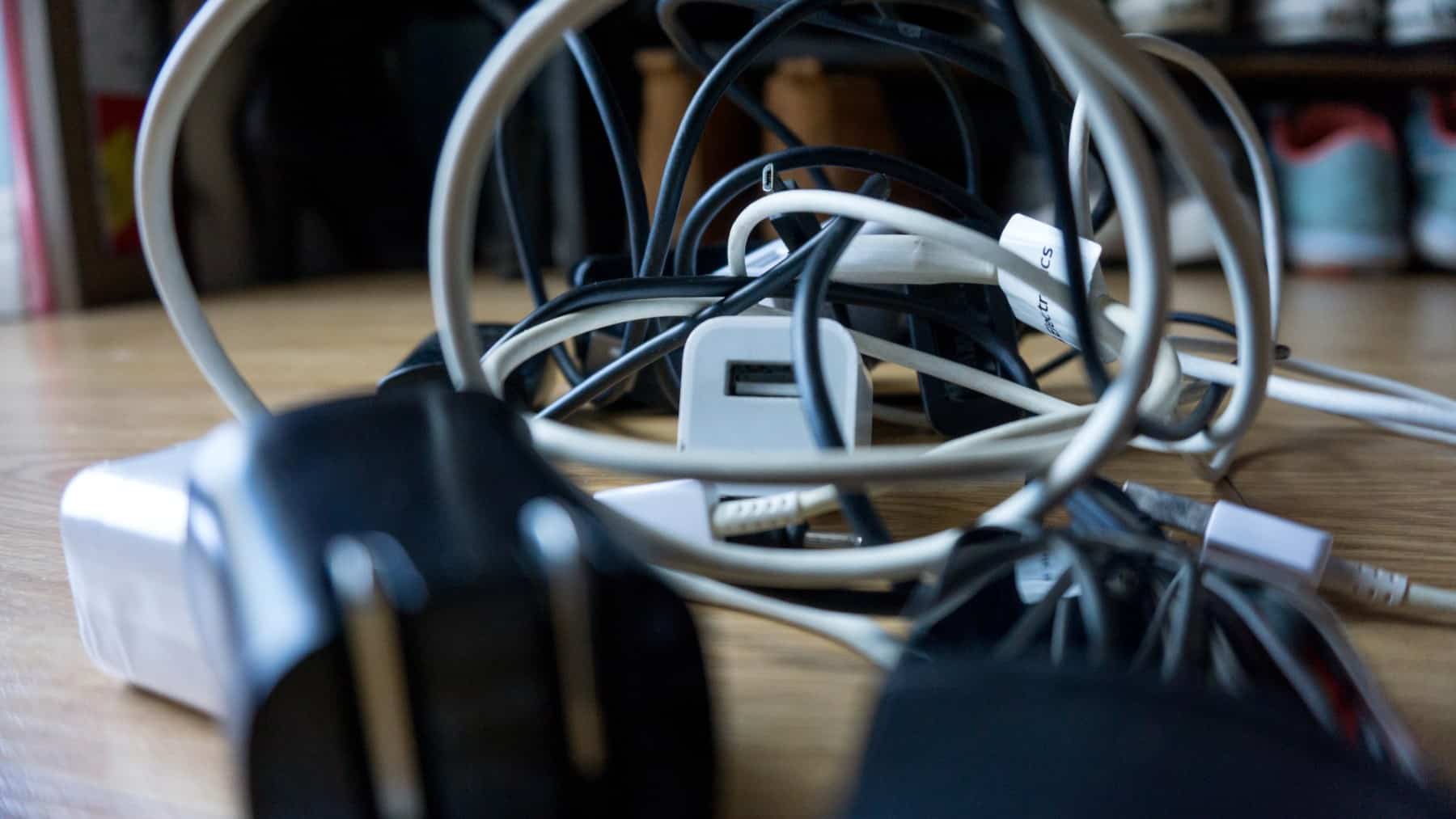You may have noticed tonight that if you are working or studying, the days seem to last forever. But in 2020, some days are starting to last 1 ms or two less than usual. This is a difference that we don’t notice in our daily lives, but it does matter for atomic clocks and technologies such as our beloved GPS. Scientists and technology experts alike are wondering what to do when the day is shorter or longer and how to prepare for it as a humanity that is highly dependent on technology today.
Shakespearian question: What is a day?
It seems like a stupid question, but there’s a catch: an ideal day is made up of 24 hours… 86,400 seconds in total. In practice, a day varies by only milliseconds. The “length of day” (LOD) is getting shorter.
After all, our planet Earth is an organic system: the atmosphere, our oceans, the ice at the poles, and the Earth’s core exchange angular momentum with the lithosphere. This is why atomic clocks observe tiny deviations. Our planet is still a large orb circulating through space, not a Swiss watch. God created the Earth and the universe, but he wasn’t too fussy about the punctuality of the days. Planet Earth is not a perfect clock but a spinning top that feels jolts.
Since 2020, there have been multiple days when the LOD has been negative. The most recent record was on July 5, 2024; this was the shortest day measured so far, –1.66 ms compared to 24 h. Although one 2010 seconds is essential for humans, it is critical for technical synchronization.
Blame it on the moon
Although it sounds very poetic to blame the moon, our satellite does bear some responsibility. Over millions of years, tidal friction transfers energy to the lunar orbit and lengthens the day. However, billions of years ago, a day could last only 3 to 6 hours, but in the long term, the day tends to get longer.
Scientists are also investigating changes in the rotation of the Earth’s inner core. They suspect that couplings with the Earth’s mantle could contribute to the shortening of days in 2020. The core signal is not constant, so it can be added to other factors. This would explain how it is possible that, despite the moon, days are getting slightly shorter.
What are we going to do with the days?
In everyday life, the average person doesn’t have to worry about whether the clock on their microwave or cell phone is off by a second. However, governments have to add (or sometimes subtract) seconds to maintain exact punctuality. Historically, these changes have always involved adding a second. In fact, between 1972 and 2016, they have been added 27 times, i.e., 27 seconds. According to analyses published in the last two years, it may be necessary to change the date (or rather, the time) again around 2029. However, there are some factors such as the melting of the poles and other redistributions that could affect the mass of the earth.
For now, scientists are undecided on what to do, but will allow other physical factors to evolve. Unless you work in ultra-technical infrastructure, this change will not affect you. At most, you may notice problems with GPS, network synchronization, and telecommunications. Ultimately, operators use models to adjust systems.
So don’t worry, you can continue with your normal life. Of course, scientists will be watching the Earth’s speed with concern. After all, what will we do if we get an extra milisecond in our year? Will it be enough extra time to deal with all our errands? If they decide to add a second—or subtract it—we will be the first to let you know.





